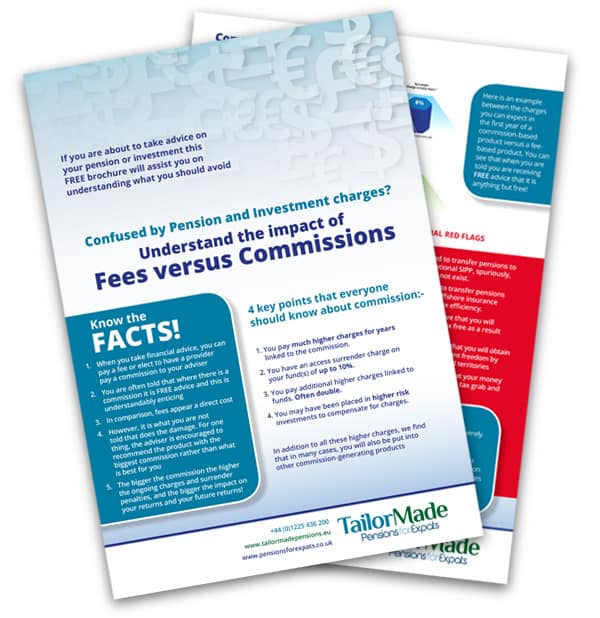
Inheritance Tax can be reduced by gifts but did you know that gifts made within 14 years of death can potentially attract an Inheritance Tax charge?
Tax advice that does not consider every aspect can often be a costly waste of time at best and, at worst, lead to higher tax due.
NB– Inheritance Tax is applied on estates valued at over £325,000, the nil-rate band, for those that are deemed to be UK domicile. While there is an exemption between spouses or civil partnerships, that exemption only applies if both parties are deemed UK domiciled; where they are not then there may be not be a full spousal exemption. A further article will be written about this.
Tax Due
Tax in excess of the nil rate band is due at rates of 20%, 36% or 40%. A further article will be written about this.
Gifts
Reducing an Inheritance Tax charge on death can be achieved by making gifts. We would consider three types of gift-
- Exempt Transfer ( gifts to spouses/civil partners, charities and the annual £3,000 exemption ).
- Potentially Exempt Transfer (PET). A gift that is outside of the estate after 7 years, provided no personal benefit is obtained by the donor. For gifts over £325,000, a taper relief is applied from year 3 to 7 to reduce the impact of Inheritance Tax for the amount over the nil-rate band.
- Chargeable Lifetime Transfers (CLT). This is the transfer of money or assets to a trust, something that is often recommended to expats but somehow confused with point b. above, and PETs. A CLT could still be considered to be a PET.
Immediate Inheritance Tax charge
If the total value of CLTs made within the last 7 years is more than £325,000, the current nil-rate band, there is an immediate Inheritance Tax charge of 20% ( half the rate- aka the Lifetime Rate) of the amount over the nil-rate band. Additional Inheritance Tax would be paid if death occurred within the 7 years, although taper relief would be available (as a PET).
The 14-year gift rule
If deceased donor’s initial gift was a CLT (NB not a PET) more than 7 years previously, followed by another gift (A PET) within 7 years of the first gift, then the first gift will be dragged into the 14 year rule.
To be clear, a CLT does not create an Inheritance Tax charge if under the nil-rate band, but the action gives rise to more Inheritance Tax.
An example
Let us assume someone has an estate of well over the nil-rate band and dies after making a CLT and a PET in that order.
First year- A CLT is gifted to a trust to the value of £100,000
Sixth year- A PET is gifted to the children to the value of £300,000
Eighth year- client dies.
Can the CLT from 8 years ago be ignored?
No, as the nil-rate band has to take into account events up to 7 years before the PET. A CLT has to be offset against the current nil-rate band. So, the CLT does not attract an Inheritance Tax charge itself, it causes one!
Nil-rate band of £325,000 minus the CLT of £100,000 = £225,000
Value of PET £300,000 minus £225,000 the “new nil-rate band“ = £75,000
£75,000 is chargeable to Inheritance Tax @ 40% = £30,000
Summary
A £30,000 unexpected tax bill for the family, where the advice was given by an adviser that did not understand the rules or caused by the donor not taking professional advice.
If CLT is part of your planning to reduce taxes on death, it may be worth
- Considering making a PET 7 years after the CLT
- Taking out insurance to cover the tax bill if made within 7 years of the CLT.
The views expressed in this article are not to be construed as personal advice. You should contact a qualified and ideally regulated adviser in order to obtain up to date personal advice with regard to your own personal circumstances. If you do not then you are acting under your own authority and deemed “execution only”. The author does not except any liability for people acting without personalised advice, who base a decision on views expressed in this generic article. Where this article is dated then it is based on legislation as of the date. Legislation changes but articles are rarely updated, although sometimes a new article is written; so, please check for later articles or changes in legislation on official government websites, as this article should not be relied on in isolation.
This article was published on 6th January 2017
Related Stories:
- Avoid Tax Surprises and be Generous
- Pension transfers, QROPS and Inheritance Tax
- Discounted Gift Trust – Inheritance Tax planning
- Portugal Non-Habitual Residency | Pension Advice
- Loan Trusts – A Useful Inheritance Tax (IHT) Planning Tool?
Share this story






